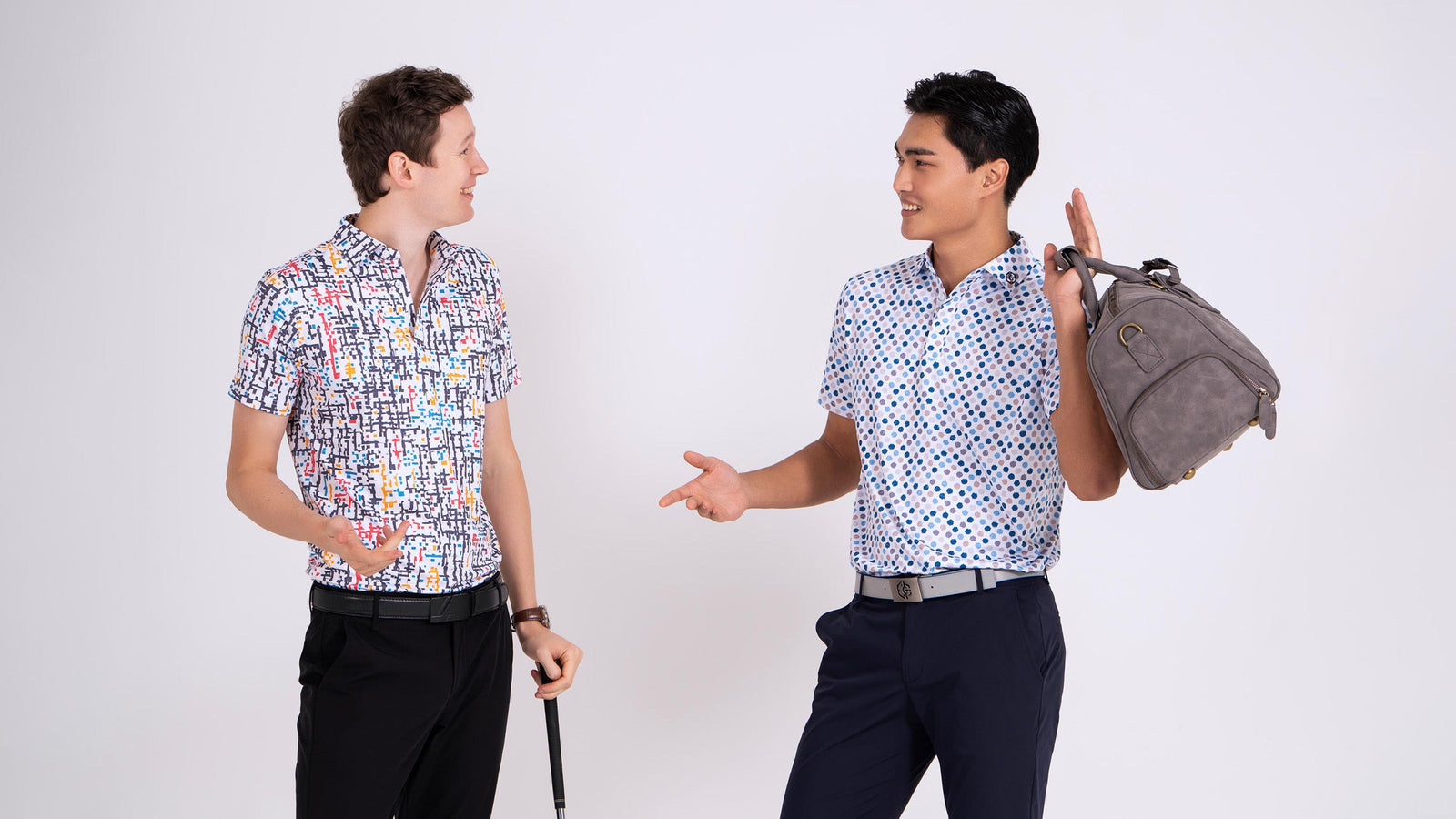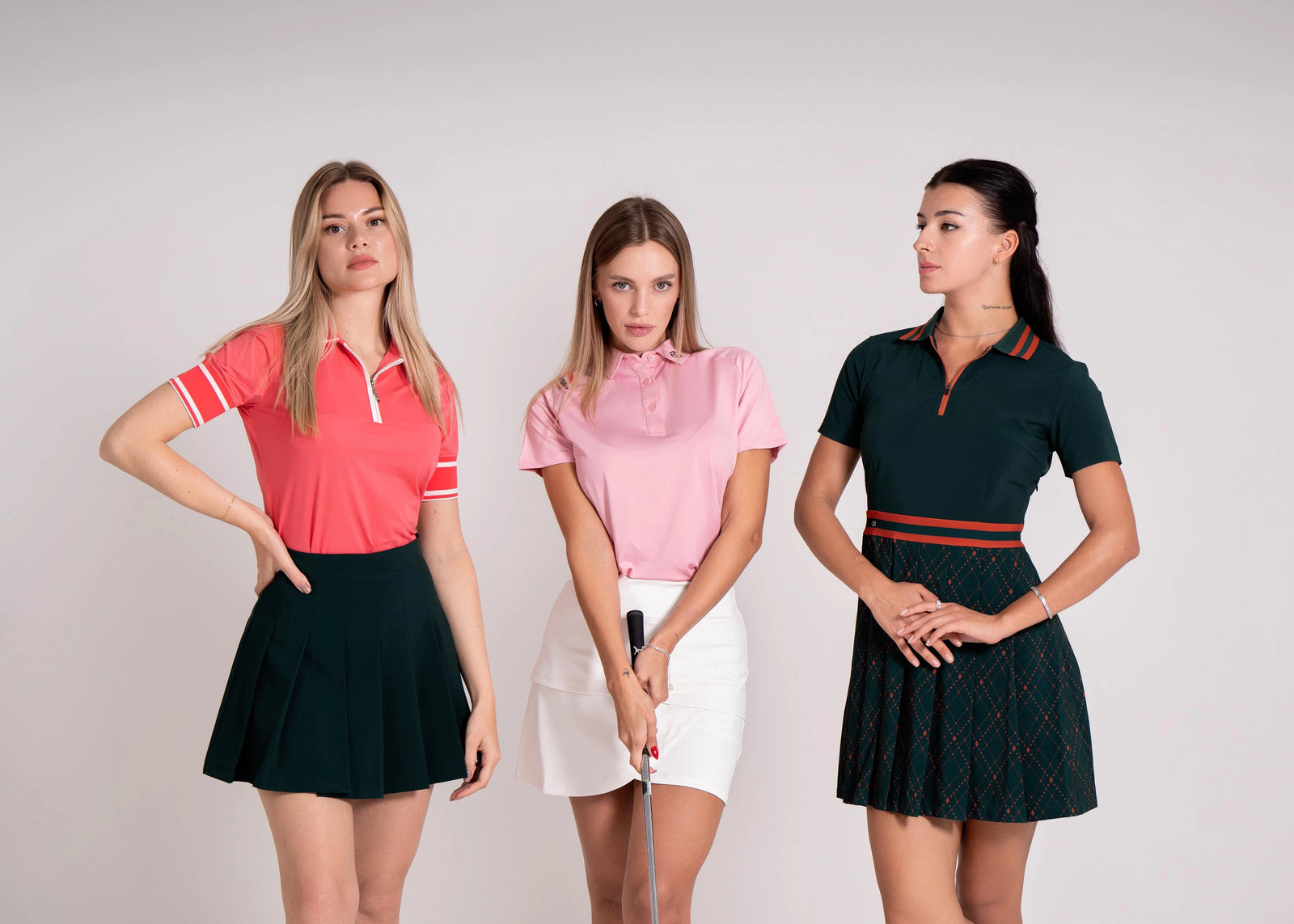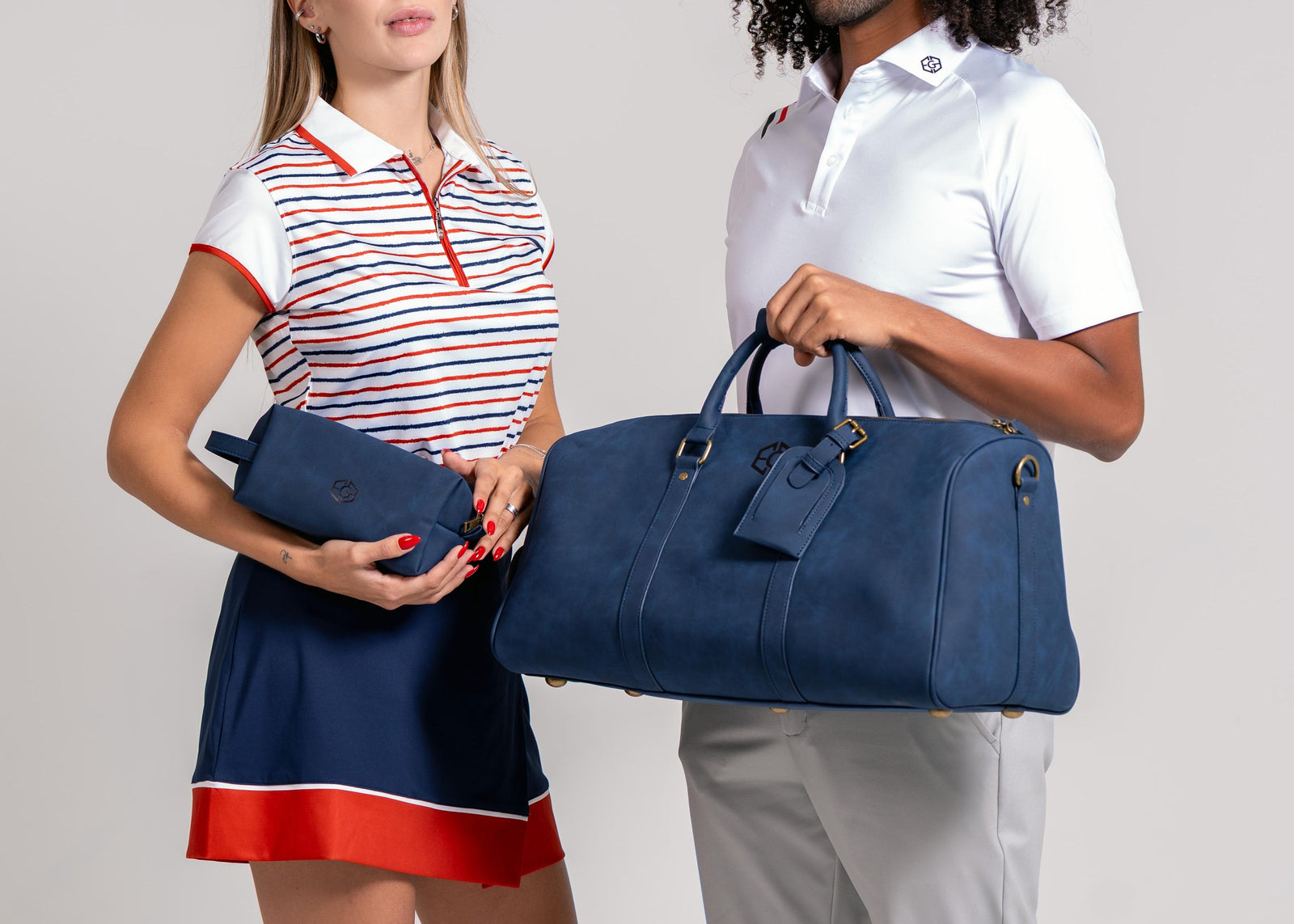
From the 1920s to 2025: Your Timeless Guide to Elegant Dressing for Polo
Polo has long been a sport synonymous with prestige, elegance, and tradition. As much about fashion as it is about the game, dressing for polo has evolved significantly over the last century while retaining a timeless appeal. From the tailored classics of the 1920s to the performance-driven yet sophisticated styles of today, this guide explores the essence of polo dressing—its styles, reasoning, comfort, and the textures that have stood the test of time.
The 1920s-1940s: The Birth of Polo Style
The 1920s saw the emergence of polo fashion as an extension of aristocratic leisurewear. Men wore crisp white flannel trousers paired with button-down shirts and knitted cardigans. The invention of the modern polo shirt by René Lacoste in the 1920s revolutionized the sport, replacing the heavier long-sleeved shirts with breathable piqué cotton. Women, too, embraced polo fashion, donning high-waisted pleated skirts and collared blouses, exuding effortless sophistication.
The 1930s and 1940s continued the trend of refinement. Jodhpurs became a staple for men, offering both elegance and practicality, while women’s attire became more structured with tailored blazers and wide-brimmed hats to shield from the sun. Neutral tones and classic whites dominated the polo fields, emphasizing clean lines and understated luxury.
The 1950s-1970s: The Rise of Casual Elegance
The post-war era ushered in a more relaxed yet equally refined approach to polo dressing. The 1950s saw the introduction of slim-fitting polo shirts, often in pastel shades, paired with tailored chinos and loafers for men. Women adopted midi skirts and lightweight dresses in linen and cotton, accessorized with silk scarves and pearl jewelry.
By the 1960s and 1970s, polo dressing embraced a fusion of classic and modern elements. The influence of Ralph Lauren in the late 1960s brought an American touch to polo fashion, emphasizing effortless sophistication with a preppy twist. Polo shirts in vibrant hues, fitted blazers, and casual yet polished footwear became essential elements of the polo wardrobe.
The 1980s-2000s: A Blend of Luxury and Performance
The 1980s saw polo dressing take on a more branded approach, with luxury fashion houses incorporating polo attire into their collections. Polo shirts emblazoned with iconic logos became status symbols, while tailored linen suits and wide-brimmed hats remained staples at polo matches.
The 1990s and early 2000s leaned towards more performance-oriented fabrics while maintaining a chic aesthetic. Stretchable materials, moisture-wicking polo shirts, and comfortable riding boots became essential. Women gravitated towards elegant sundresses, fitted blazers, and sleek leather accessories, striking a balance between tradition and contemporary style.
2020s and Beyond: Timeless Elegance Meets Modern Textile Innovation
Today, polo fashion continues to embody sophistication while incorporating sustainable and technologically advanced materials. Breathable organic cotton, moisture-absorbing fabrics, and tailored yet flexible silhouettes define modern polo dressing.
Classic styles such as crisp white polo shirts, tailored chinos, and structured blazers remain timeless, while contemporary trends introduce bolder colors, subtle prints, and sustainable textiles. Women’s fashion integrates flowing midi dresses, structured jumpsuits, and chic wide-leg trousers paired with lightweight knit tops. Accessories like Panama hats, leather belts, and elegant loafers complete the refined look.
Comfort & Functionality in Polo Dressing
Polo attire has always prioritized both style and comfort. Breathable fabrics such as linen, piqué cotton, and technical blends ensure ease of movement and climate adaptability. Tailored fits allow for effortless elegance without compromising on mobility, making polo fashion as functional as it is fashionable.
Timeless Textures and Fabrics
Certain textures have remained iconic in polo dressing through the decades:
- Piqué Cotton: The staple of polo shirts, offering breathability and durability.
- Linen: A summer essential, providing a crisp yet relaxed aesthetic.
- Cashmere & Wool Blends: Ideal for cooler seasons, adding a touch of luxury.
- Suede & Leather: Common in accessories, elevating the sophistication of an ensemble.
Conclusion: The Everlasting Appeal of Polo Style
From the aristocratic ensembles of the 1920s to the modern fusion of tradition and innovation in 2025, polo dressing has remained an enduring symbol of elegance. By embracing classic pieces with subtle contemporary updates, polo fashion continues to be a refined expression of both heritage and modern sophistication.
It’s this balance of timeless sophistication and ease that defines EGL, a polo apparel brand focused on timeless comfort and quality. Crafted with a detailing on quality with style, EGL’s apparel moves with you, ensuring you look polished whether you’re attending a match or simply channelling the sport’s iconic aesthetic. Like the perfect eagle shot, it’s all about precision, grace, and a look that never fades.




